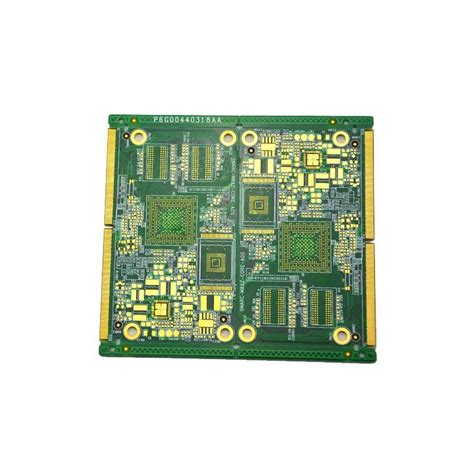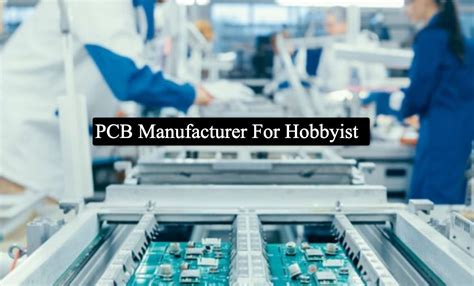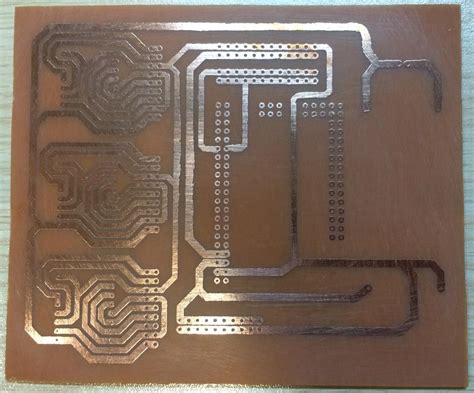PCB Board Recycling: A Sustainable Approach to Electronic Waste Management
Introduction
Printed Circuit Boards (PCBs) are essential components in nearly all electronic devices, from smartphones and computers to industrial machinery and medical equipment. As technology advances, the lifespan of electronic devices shortens, leading to a rapid increase in electronic waste (e-waste). PCB recycling has become a critical aspect of sustainable waste management due to the valuable metals and hazardous materials they contain.
This article explores the importance of PCB recycling, the processes involved, challenges faced, and future trends in the industry. By adopting efficient recycling methods, we can reduce environmental pollution, conserve natural resources, and promote a circular economy.
Why PCB Recycling is Important
1. Environmental Protection
PCBs contain toxic substances such as lead, mercury, cadmium, and brominated flame retardants. If improperly disposed of, these chemicals can leach into soil and water, posing severe risks to ecosystems and human health. Recycling prevents these hazardous materials from entering landfills and reduces pollution.
2. Resource Recovery
PCBs are rich in precious metals like gold, silver, copper, and palladium. Mining these metals is environmentally destructive and energy-intensive. Recycling recovers these materials, reducing the need for new mining operations and conserving finite natural resources.
3. Economic Benefits
The recovered metals from PCB recycling can be reused in manufacturing, lowering production costs. The global e-waste recycling market is projected to grow significantly, creating job opportunities and boosting the economy.
4. Compliance with Regulations
Many countries have strict e-waste disposal laws (e.g., the EU’s WEEE Directive and the U.S. EPA regulations). Proper PCB recycling ensures compliance with these regulations, avoiding legal penalties and promoting corporate responsibility.
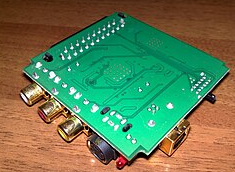
The PCB Recycling Process
Recycling PCBs involves several steps to safely extract valuable materials while minimizing environmental harm. The key stages include:
1. Collection and Sorting
- E-waste is gathered from consumers, businesses, and manufacturers.
- PCBs are separated from other electronic components (plastics, glass, wires).
2. Manual Dismantling
- Workers remove reusable components (capacitors, resistors, ICs) for refurbishment.
- Hazardous parts (batteries, mercury switches) are safely extracted.
3. Mechanical Processing
- Shredding: PCBs are crushed into small pieces to facilitate further processing.
- Separation: Magnetic separation removes ferrous metals, while eddy currents separate non-ferrous metals.
- Sieving: Fine particles are filtered for additional processing.
4. Chemical Treatment
- Leaching: Acids or cyanide solutions dissolve metals like gold and copper.
- Electrolysis: Precious metals are extracted from the solution via electrochemical processes.
- Smelting: High-temperature furnaces recover metals in purified form.
5. Refining and Reuse
- Recovered metals are refined to high purity for reuse in new electronics.
- Non-metallic residues (fiberglass, epoxy) can be repurposed in construction or as filler material.
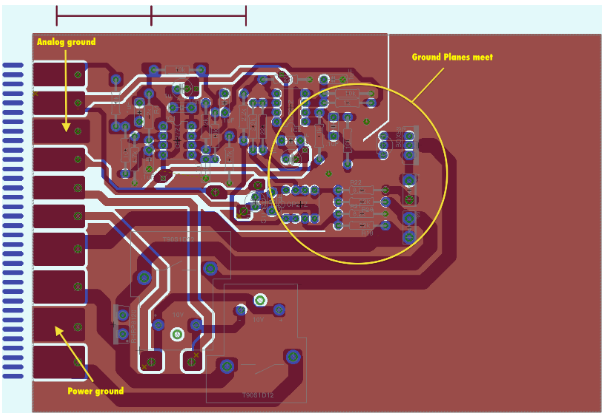
Challenges in PCB Recycling
Despite its benefits, PCB recycling faces several obstacles:
1. Complexity of Materials
Modern PCBs contain a mix of metals, plastics, and ceramics, making separation difficult. Some advanced PCBs use lead-free solders or embedded components that complicate recycling.
2. Hazardous Exposure
Workers handling e-waste risk exposure to toxic chemicals if safety protocols are not followed. Proper ventilation, protective gear, and automated processes are essential.
3. High Recycling Costs
Advanced recycling technologies (e.g., hydrometallurgy, bioleaching) require significant investment. Small-scale recyclers may struggle to afford these methods.
4. Illegal Dumping and Informal Recycling
In some regions, e-waste is processed in unsafe conditions, leading to environmental damage and health risks. Strengthening regulations and enforcement is crucial.
5. Limited Consumer Awareness
Many people discard electronics in regular trash due to a lack of recycling knowledge. Public education campaigns can improve e-waste collection rates.
Innovations in PCB Recycling
To address these challenges, researchers and companies are developing advanced recycling methods:
1. Bioleaching
- Uses bacteria or fungi to extract metals from PCBs in an eco-friendly way.
- Reduces the need for harsh chemicals and lowers energy consumption.
2. Hydrometallurgical Processes
- Utilizes chemical solutions to selectively recover metals.
- More efficient than traditional smelting and reduces emissions.
3. Pyrolysis and Gasification
- Heats PCBs in an oxygen-free environment to break down organic materials.
- Produces reusable metals and energy-rich gases.
4. Automated Sorting Robots
- AI-powered robots can identify and separate PCB components faster than manual labor.
- Improves efficiency and reduces worker exposure to toxins.
5. Circular Economy Models
- Manufacturers design PCBs for easier disassembly and recycling.
- Companies like Apple and Dell are implementing take-back programs to recover materials from old devices.

The Future of PCB Recycling
The PCB recycling industry is evolving with technological advancements and stricter regulations. Key trends include:
1. Increased Automation
- Robotics and AI will enhance sorting and processing efficiency.
- Reduces human exposure to hazardous materials.
2. Green Chemistry Solutions
- Development of non-toxic solvents for metal recovery.
- Minimizes environmental impact.
3. Global Standardization
- Harmonized e-waste laws to prevent illegal dumping.
- Encourages responsible recycling worldwide.
4. Consumer Participation
- More awareness programs and convenient e-waste drop-off locations.
- Incentives (discounts, trade-ins) for recycling old electronics.
5. Corporate Responsibility
- Electronics manufacturers adopting sustainable practices.
- Extended Producer Responsibility (EPR) policies ensure companies manage their products’ end-of-life.
Conclusion
PCB recycling is a vital component of global e-waste management, offering environmental, economic, and social benefits. While challenges remain, technological innovations and regulatory improvements are paving the way for a more sustainable electronics industry.
By supporting responsible recycling practices, consumers, businesses, and governments can reduce pollution, conserve resources, and move toward a circular economy. The future of PCB recycling lies in collaboration, innovation, and a shared commitment to protecting our planet for future generations.

